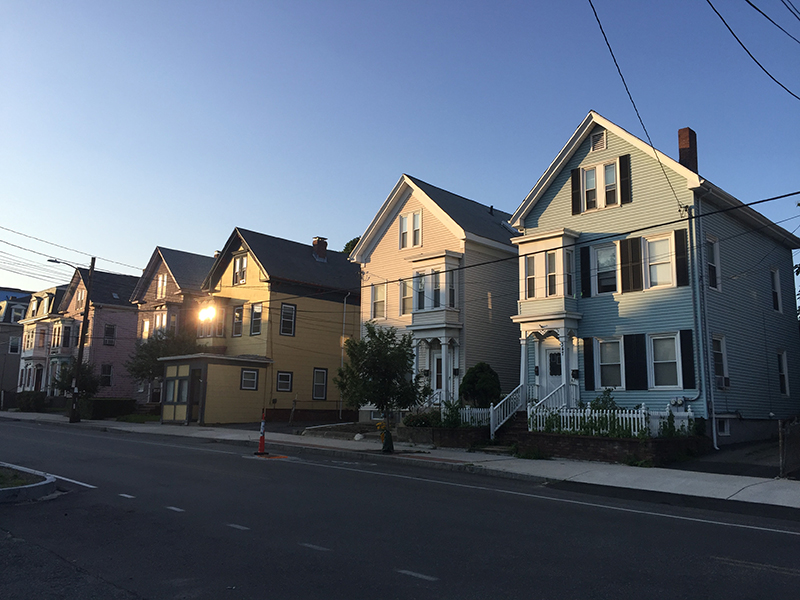
The positive overall trajectory of our country’s health outlook – with available vaccines and a growing economy – presents the opportunity for us to genuinely tackle long-term objectives, like housing affordability, that were exacerbated during the COVID-19 crisis. In order to ensure our housing recovery matches the scale and efficacy of our public health recovery, we need to prioritize solutions that lead to the construction of more homes at all price points.
The past 16 months have dramatically compounded an already tenuous housing affordability challenge in America. According to a report from the Lincoln Institute of Land Policy, over half of all rental households pay more than 30% of their income on rent. Subsidies, such as the billions of dollars in rental assistance included in the recent American Rescue Plan, provide some reprieve to carry us through the pandemic, but won’t provide a comprehensive solution to housing affordability issues that have impacted millions, even before shutdowns and isolation began. In order to sustainably ensure Americans have housing options they can afford, we need real policy solutions that work.
As the Lincoln Institute report suggests, we need regional approaches that reject one-size-fits-all logic and, instead, achieves affordability through local policies that promote increased housing supply. What works for San Francisco won’t work for St. Paul, for instance. Elected officials, community leaders, housing builders and operators need to work together to prioritize building more housing so that supply can catch up to demand and allow prices to come down for families who need real relief.
Supply-side solutions coupled with direct assistance to renters helps address the root cause of housing unaffordability. They also work to stabilize apartment communities and create regulatory environments in which harmful policies, such as eviction moratoriums, are not needed. While they may appear to be attractive policies, eviction moratoriums do little to solve the underlying problems of financial distress for renters and housing providers alike and instead only serve to build up untenable levels of debt on households while putting the stability of housing providers and communities in jeopardy.
Together, we have a chance to reset the housing affordability conversation in the U.S. and refocus our attention on policies that actually work. Creating more housing at all price points should be at the top of that list.




